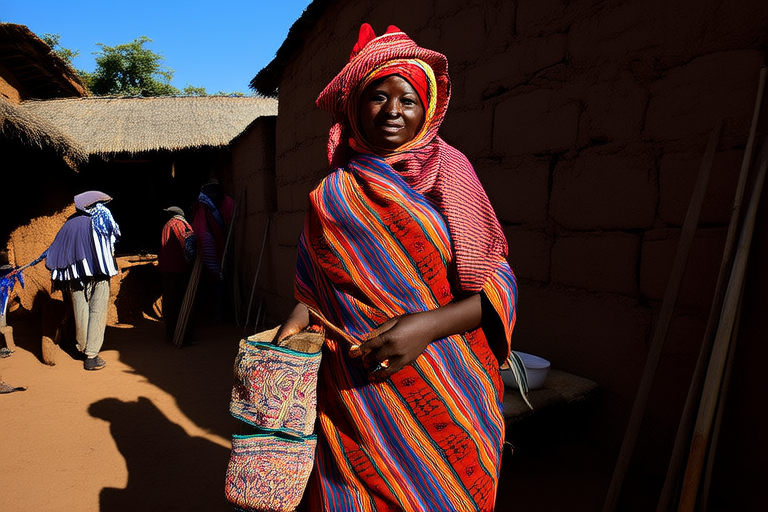Clothing and Accessories: Symbols of Culture Across Continents

Clothing and Accessories: Symbols of Culture Across Continents
Introduction
Clothing and accessories are more than mere functional items; they are powerful symbols of cultural identity, history, and tradition. From the intricate patterns of African textiles to the delicate embroidery of Asian garments, these items serve as visual representations of a community’s values, beliefs, and heritage. They are worn to express individuality within a collective identity, and often carry deep symbolic meanings that go beyond aesthetics. Understanding the cultural significance of clothing and accessories provides insight into the rich tapestry of human civilization and its diverse expressions.
Africa
In Africa, clothing and accessories play a crucial role in expressing cultural identity. The dashiki, a colorful garment worn by men and women, originated in West Africa and symbolizes unity and pride among the continent’s people. Kente cloth, a textile traditionally woven by the Akan people of Ghana, features vibrant colors and geometric patterns that represent proverbs and historical events. In East Africa, Maasai jewelry, made from beads and cowrie shells, signifies wealth, status, and age. These items not only adorn the body but also tell stories of the past and present, reinforcing communal bonds and celebrating shared heritage.
Asia
Asia boasts an array of traditional attire and accessories, each imbued with unique cultural significance. In India, the sari is a versatile garment worn by women, featuring intricate designs and draping techniques that vary by region. It symbolizes modesty, elegance, and femininity. The Japanese kimono, with its flowing lines and seasonal motifs, reflects the wearer’s social status and occasion. In Korea, the hanbok, with its bright colors and elegant cuts, represents harmony and balance. Henna tattoos and bindis are also significant, marking rites of passage and spiritual connections. Jade jewelry, highly prized in Chinese culture, symbolizes longevity, good fortune, and purity.
Europe
The role of clothing and accessories in European culture varies widely across time and place. Tartan kilts, for instance, are closely associated with Scottish clans and symbolize family lineage and national pride. Berets, originally from France, are now iconic in many parts of Europe, signifying casual chic and artistic flair. Dirndls, traditional Austrian dresses, denote respectability and regional identity. Each piece of clothing carries with it the weight of centuries of history, reflecting the changing fashions and societal norms of different eras.
The Americas
In the Americas, traditional clothing and accessories often blend indigenous and colonial influences. Feather headdresses, once worn by Native American chiefs, are potent symbols of leadership and spirituality. Ponchos, common in Andean cultures, are practical yet ornate, used for warmth and protection. Quetzal feathers, revered by the ancient Maya and Aztec civilizations, represent divinity and power. These items continue to hold cultural significance, serving as reminders of the rich indigenous heritage that persists despite centuries of colonization.
Australia and Oceania
Traditional clothing and accessories from Australia and Oceania reflect the unique environments and spiritual beliefs of indigenous communities. Boomerangs, used both as tools and ceremonial objects, symbolize hunting prowess and cultural continuity. Shell necklaces, crafted from seashells, are worn during rituals and celebrations, representing prosperity and fertility. Tapa cloth, made from the bark of trees, is decorated with intricate designs that narrate stories of creation and ancestry. These items are deeply intertwined with the spiritual and social fabric of their respective cultures.
Conclusion
Clothing and accessories are indispensable components of cultural expression worldwide. Whether through the vibrant colors of African textiles, the meticulous craftsmanship of Asian garments, or the symbolic power of indigenous American headdresses, these items encapsulate the essence of a community’s identity. They bridge the gap between past and present, ensuring that traditions are passed down through generations. By appreciating the cultural significance of clothing and accessories, we gain a deeper understanding of the diversity and richness of human experience across continents.